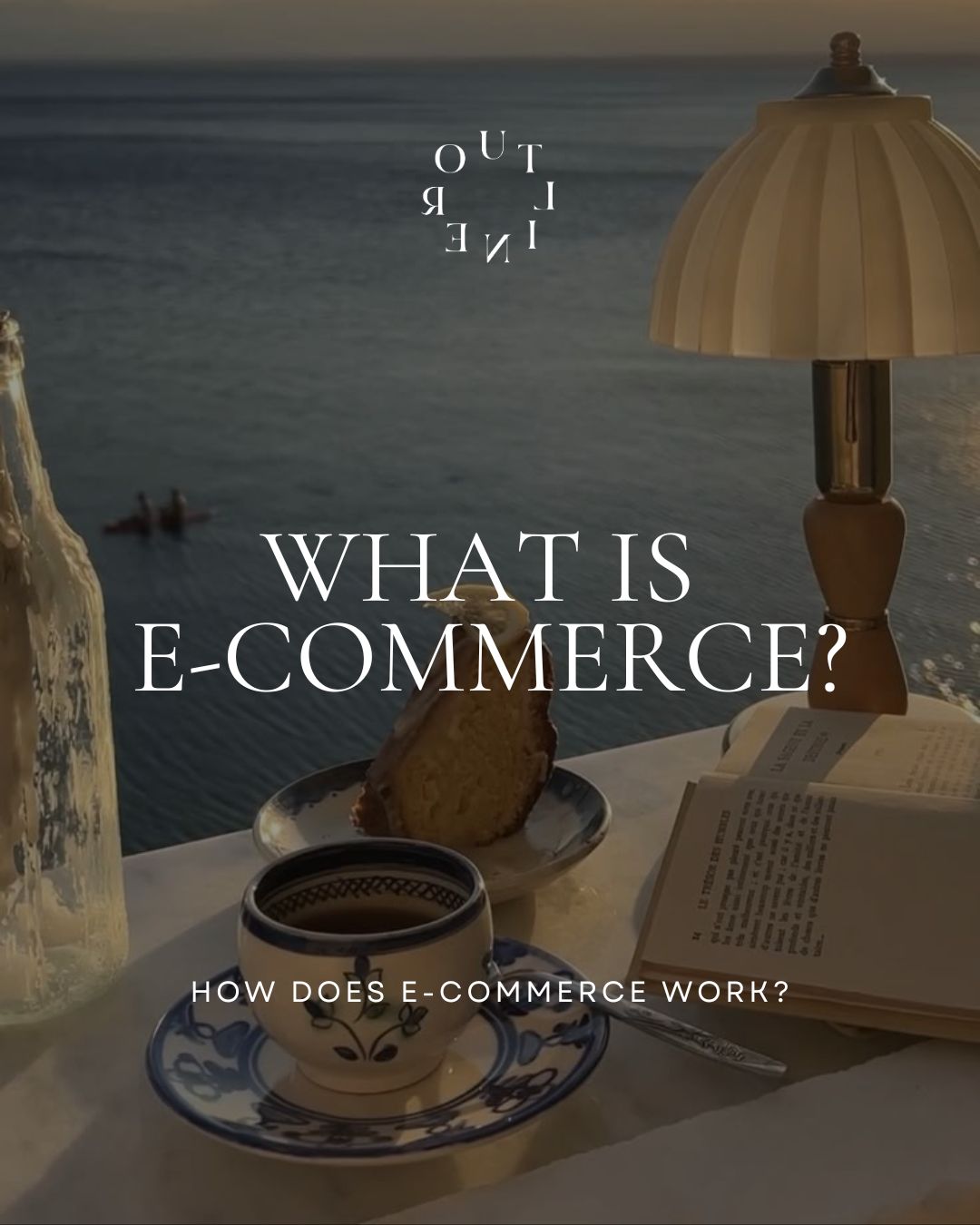What is E-commerce?
E-commerce, increasingly popular in today’s world, is the general term for trade conducted over the Internet. This business model replaces traditional brick-and-mortar stores with online platforms and websites.
It enables consumers to purchase products and services online to meet their needs. E-commerce offers many advantages for both businesses and consumers and continues to grow day by day.
How Does E-commerce Work?
E-commerce is supported by the Internet. Customers access an online store through their own devices to browse products or services and place orders.
As orders are placed, the customer’s web browser communicates back and forth with the server hosting the e-commerce site.
The data related to the order will be transmitted to a central computer known as an order manager, which then directs payment information to applications like PayPal and redirects it to a bank’s computer.
After confirmation, the order manager will notify the website server. A message confirming that the customer’s order has been successfully processed will be sent to the customer.
The order manager will then send the order data to the warehouse or fulfillment department, indicating that the product or service can be sent to the customer.
At this point, a customer may receive physical or digital products or access to services.
Related Article: E-commerce websites
Types of E-Commerce
There are several different models of e-commerce:
B2C (Business to Consumer): This model involves businesses selling products and services directly to consumers. For example, large online retailers like Amazon and Alibaba utilize the B2C model.
B2B (Business to Business): In this model, businesses sell products and services to other businesses. A wholesale electronic commerce company may use the B2B model.
C2C (Consumer to Consumer): Consumers engage in buying and selling products and services among themselves. Online marketplaces like eBay operate on the C2C model.
C2B (Consumer to Business): This model involves consumers offering products or services to businesses. For example, freelancers or influencers may offer content or promotional services to brands.
D2C (Direct to Consumer): Manufacturers sell products directly to consumers without intermediaries. This bypasses traditional retail chains, offering products to customers at more affordable prices.
Advantages and Disadvantages of E-Commerce
Advantages:
- Accessibility: E-commerce websites are available 24/7, allowing visitors to browse and shop anytime they want, unlike physical stores which have set opening hours.
- Access Speed: E-commerce sites operate quickly, with product and shopping cart pages loading in a few seconds or less, providing a seamless user experience.
- Wide Availability of Goods and Services: E-commerce platforms can offer a vast range of products and services, as they are not limited by physical space like traditional stores.
- Ease of Accessibility: Customers can easily find products by browsing category pages or using search features on websites, enhancing their shopping experience.
- International Reach: E-commerce enables businesses to sell to anyone with internet access worldwide, expanding their customer base significantly.
- Lower Costs: Pure-play e-commerce businesses avoid costs associated with physical store operations such as rent, inventory, and cashiers. However, they may incur shipping and storage costs.
- Personalization and Product Recommendations: E-commerce sites can track visitors’ browsing, searching, and purchasing histories to provide personalized product recommendations, enhancing marketing efforts.
Disadvantages:
- Limited Customer Service: E-commerce stores may have limited customer service compared to physical stores, as they may only offer support during specific hours, and navigating online service options can be challenging.
- Limited Product Experience: While images on a webpage can provide a good idea of a product, it’s not the same as experiencing it directly, leading to potential dissatisfaction with purchases. Emerging technologies like augmented reality aim to improve this aspect.
- Wait Times for Delivery: Unlike physical stores where customers can leave with their purchases immediately, e-commerce customers must wait for products to be delivered, even with expedited shipping options.
- Security: Skilled hackers can create convincing counterfeit websites claiming to sell well-known products. Legitimate e-commerce sites also face risks, especially if they store customer credit card information for future purchases. A data breach can damage a retailer’s reputation.
How E-Commerce Evolved from the Past to the Present
Electronic commerce, or e-commerce, emerged with the increasing use of the internet after 1995, providing a shortcut for trade to be conducted electronically.
It involves the production, promotion, advertising, sales, insurance, distribution, and payment processes of goods and services being carried out via computer and mobile internet networks. Electronic commerce consists of three stages: advertising and market research, ordering and payment, and delivery, all conducted in an electronic environment.
E-commerce emerged as part of technological advancements that facilitated easier information communication, alongside the global trend of liberalizing trade, particularly in the 2000s.
By incorporating Internet capabilities into traditional marketing methods, companies have transcended selling to a limited audience, thereby enhancing productivity and creativity through global e-commerce connections.
While in the past, companies relied on mediums like television, newspapers, and radio to reach potential customers, today, internet advertising has been added to these channels, making it easier to connect with consumers.






Leave a Reply